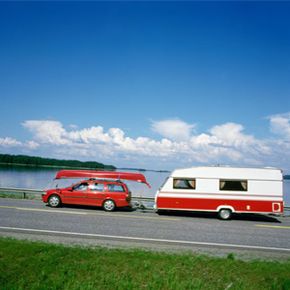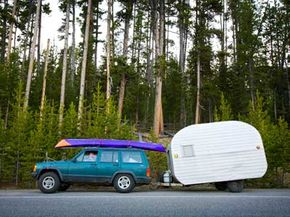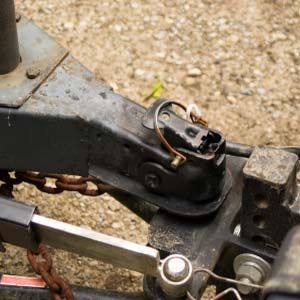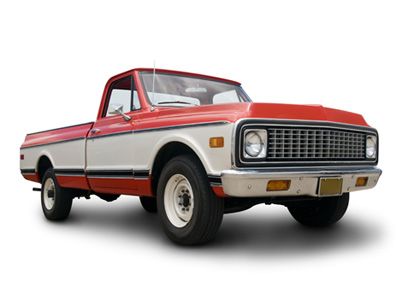For much heavier trailers — those with a tongue weight that would exceed the weight limit of a standard bathroom scale — you need to employ a slightly different technique. There are two very good options available to you. First, you could purchase a tongue weight scale that's designed specifically to measure trailer tongue weights (up to one ton). Or, with a little extra effort and some additional setup time on your part, you can use the same standard bathroom scale.
To do this, you'll need a two-by-four cut to a five- or six-foot (1.5- or 1.8-meter) length, two pipes, your bathroom scale, and a brick. Lay one of the pipes across the scale and the other across the brick. Position the scale and the brick so the pipes are exactly three feet apart.
Now, lay the two-by-four across the pipes, and find a suitable way to support the tongue of the trailer at the same height as the tow vehicle's hitch ball. Place the tongue (and hitch-height support) on the two-by-four exactly 2 feet (0.6 meters) away from the pipe lying across the scale and 1 foot (0.3 meters) away from the pipe lying across the brick.
Read the weight displayed on the scale, and then multiply the weight by three. This is your tongue weight. As with the method we used for the smaller trailer, you can adjust the weight of the cargo forward or rearward of the trailer axle to reach your target tongue weight. Just watch the scale, and don't forget to multiply the displayed weight by three.




